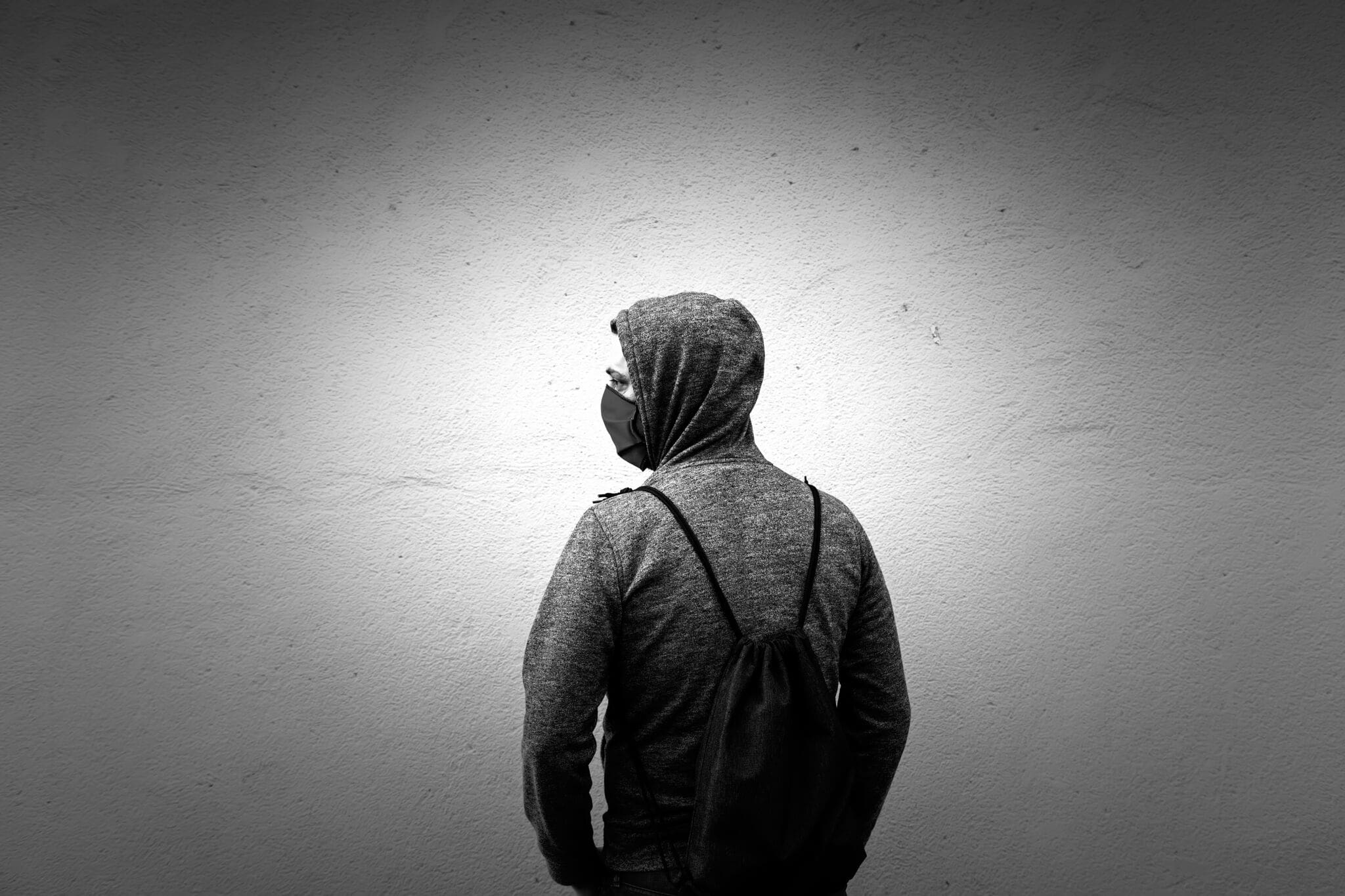In this article
Diversity and equality initiatives are crucial in today’s diverse society to ensure adequate representation and equal access to resources for all.
School should be a safe and welcoming space for children and young people; diversity and inclusion policies and initiatives should seek to break down the barriers some children face to accessing education and enjoying equal opportunities in terms of participation and academic achievement. This includes all children, but especially those from marginalised or disadvantaged groups such as Black, Asian and Minority Ethnic (BAME) pupils, students who identify as LGBTQ, ‘looked after’ students or those from impoverished families.
Schools and other educational establishments can become champions of equality and diversity by introducing initiatives that highlight, support and address issues relating to equality and diversity.
Becoming more inclusive can increase the sense of belonging amongst the student population and will ensure that students feel valued and supported, regardless of their background.
Case Study: The Crypt School
Overview of the School
The Crypt School is a secondary grammar school with academy status in Gloucester, England. In 2018, the school made the shift from being an all-boys school to becoming a co-ed. This shift necessitated the need for an increased focus on inclusivity to ensure that all pupils felt welcome and were provided with opportunities that gave them an equal chance of success, regardless of their background.
Grammar schools differ from ordinary state schools because pupils have to pass an entrance exam (called the 11+) to attend. Only around 5% of people go to grammar school in the UK. This means that only the most gifted and academic pupils are able to attend a grammar school. In some ways, this is a barrier to inclusion as it excludes students who are unable to pass the exam.
Despite its status as a grammar school, The Crypt School has taken a number of steps and is making plans for the future to be as inclusive and diverse as possible, from decolonising the curriculum to tackling discrimination to rolling out a mentorship programme to support disadvantaged students in the local community.
The school has been featured in a series dedicated to chronicling its ongoing commitment to diversity and inclusion in the online magazine SoGlos.
If you are interested in learning more about the school, you can read the full series here.

Overview of the Equality and Diversity Initiatives
Being a single-sex school means that 50% of the population is immediately excluded. Opening up the school that had historically been an all-boys school to girls was a significant step in becoming more inclusive.
Additionally, the school is committed to incorporating themed activities around topics such as:
- Black History Month
- Mental Health Week
- LGBTQ issues
The Crypt welcomed Gloucestershire Young Carers into the school to deliver an assembly about the reality of being a young carer. The school also held Neurodiversity Celebration Week for the first time this year and plans to repeat the celebration next year, making it bigger and better.
In the 2024 Ofsted report on the school, they praised the way that ‘pupils make exceptionally good use of the extensive range of extra-curricular activities on offer’. Having a broad range of extra-curricular activities has a number of benefits:
- It diversifies the curriculum
- It opens up enrichment, beyond academia, to all pupils
- It encourages pupils to mix with new people and meet students that they otherwise may not
Diversity, equality and inclusion (DEI) extends beyond the student body; it is also crucial amongst the staff. At the school 50% of the school leadership team are male and 50% are female, which shows positive role modelling behaviour to both male and female students.
The school also decided to review its values earlier this year to reflect its inclusive community; its new values are:
- Kindness
- Pride
- Integrity
The new school values exist in addition to the existing values of respect and responsibility. To embody the values of kindness, respect and responsibility, ten students are being trained to be the school’s first Diana Award Anti-Bullying ambassadors.
The Diana Award Anti-Bullying Programme trains young people to become Anti-Bullying Ambassadors and equips them with the tools they need to tackle bullying behaviour in their schools and communities. Anti-bullying ambassadors learn how to recognise bullying, ways in which they can support their peers and how to lead social action within their school.
It might be tempting for a school like The Crypt who have an outstanding rating by Ofsted in all of the five key areas including pupil behaviour to ignore bullying, as instances are not commonplace. However, the fact that they have signed up to the Diana Award Anti-Bullying programme shows a proactive attitude and a focus on student safety, empowerment and prevention.
Strategies and Approaches to Implementation
Inclusion: To show its dedication to equality and diversity, the school has appointed a dedicated inclusion lead, a role which is currently held by Oliver Antonious. He describes key parts of his role as follows:
- Establishing and disseminating strategies that support staff in their work with students (especially disadvantaged students)
- Supporting colleagues to expand their knowledge around creating a diverse and inclusive curriculum
- Having conversations around particularly sensitive areas
- Engaging the whole school community to seek out ways to promote values of inclusivity, acceptance and diversity
Additionally, the school is planning a new mentorship-style programme in which its students will play a role in supporting children in the local community, with particular focus on disadvantaged children who may face barriers when attempting to access excellent education providers.
This scheme provides a sense of identity and belonging for both The Crypt students acting as role models and mentors and for the children they are helping. It is also trying to grow an even more inclusive environment, where pupils from disadvantaged backgrounds are warmly welcomed.
Wellbeing: The school also takes a holistic approach to wellbeing with a dedicated pastoral team, a pastoral room and an attendance officer. The role of the attendance officer is to notice any worrying trends in pupil attendance and offer the student and their families additional support. This is especially valuable for children from challenging backgrounds and helps them to feel valued and included.
Diversity: The school’s history department has worked hard towards decolonising its curriculum, to grant students a truly diverse representation of the past.
Additionally, the school has multiple student parliaments, one of which is dedicated to the curriculum. This allows teachers to actively solicit feedback and make changes to allow more culturally responsive teaching.

Impact and Outcomes
Speaking in an interview in March 2024, two year 9 pupils at the school, one from a BAME background, praised:
- The school’s pastoral team
- A proactive approach to tackling issues head on
- Diverse lessons that contain a mix of academic and ‘fun’ activities
Grammar schools often attract a disproportionate number of children from wealthy backgrounds, which adds to inequality. The Crypt has initiatives to attract students from low socio-economic backgrounds and it celebrates the fact that students in receipt of pupil premium continue to achieve excellent academic results. This completely destroys the stereotype that being poor means you are less intelligent.
One significant issue facing educational institutions that want to champion DEI initiatives is how to actually measure their success. Soliciting qualitative data via feedback or by opening up dialogue with the community is important; however, quantitative data can be more difficult to access. Inclusion lead Oliver Antonious explains steps the school has taken to try to objectively measure how far all students have equal opportunities:
- Students have two assessment windows each academic year
- There are also regular ‘data drops’ and numeric reports throughout the year detailing each student’s progress (attainment and effort)
- This data enables the school to analyse the efficacy of its work and the curriculum across each year group and identify any gaps
- Additionally, data collected shows whether any particular groups are underperforming (such as SEND students) and allows for strategies to be put in place to better support them
Challenges Faced and Lessons Learned
Up until 2018, the school had been a single-sex one and opening it up to become a co-ed represented a significant step towards equality and diversity. School staff acknowledge that the cultural shift towards becoming mixed presented challenges and required a period of adjustment. However, the school has made a number of commitments, as outlined in this article, to try to make every pupil welcome.
Amongst some sections of society, grammar schools are considered antiquated and elitist with some people calling for them to be abolished altogether. The Crypt has tried to ensure that its new values align with modern values which it has embedded in its vision:
‘…rooted in history, right for the twenty first century.’
Despite the school championing equality and diversity initiatives, students from low socio-economic backgrounds remain underrepresented in the school. Currently only 4.2% of pupils are in receipt of free school meals. In its School Strategic Plan 2024-29, the school has outlined a number of initiatives to combat this, including:
- Working to strengthen its community engagement programme to attract more local Gloucester city children and disadvantaged children from the city and surrounding areas
- Establishing stronger links with local primary schools and rolling out its mentoring programme to help build relationships and offer support
- Helping to prepare all prospective students for the entrance exam
- Setting a different pass mark for premium pupils (those in receipt of free school meals) from Gloucestershire postcodes
Lastly, although there is diverse representation amongst the students, further DEI initiatives may help encourage more diversity within the staff at the school, especially regarding inviting more BAME educators to apply for jobs. This would allow the teaching staff to be more representative of the student body.
Other Notable Examples
We could have chosen a case study from dozens of schools and educational institutions that are championing equality and diversity in the UK today – here are a few other notable examples to inspire you:
The University of Buckingham – Promoting Diversity and Equality in Computer Science
Women are significantly underrepresented in science, technology, engineering and mathematics (STEM) careers. (“Closing the gender gap in STEM through digital literacy”)
The University of Buckingham is attempting to buck this trend by championing diversity, equality and inclusion in the male dominated field of computer science. It is taking a proactive approach to creating an inclusive environment which includes:
- A higher than average number of women in the classrooms
- Weekly careers seminars often featuring strong female voices who have broken through in the tech industry
- Mentorship programmes that support students in both academic and professional growth
- Networking opportunities for female students
- The school offers a scholarship or bursary worth £2,000 pounds for female undergraduates to encourage more female students to pursue the field
The University of Worcester Wins Award
The University of Worcester won an award in recognition of its commitment to equality, diversity and inclusion.
The institution was named the winner of the People’s Award for Equality, Diversity, and Inclusion (EDI) at the Education Estates awards ceremony in Manchester.
The judging panel praised the university for having an ‘excellent programme of activities and strategy both inside the institution and out in the community’. (“University of Worcester wins award for equality and inclusion”)
The university honours its holistic approach to inclusivity as a ‘whole university approach’ and is especially proud that 97% of its students hail from state schools and, currently, more than one fifth of students have a declared disability.

Conclusion
Schools that take genuine, measurable steps towards championing equality and diversity are worthy of recognition. Whether in relation to protected characteristics, or social issues such as bullying or poverty, school-wide initiatives that expose students to a range of experiences and perspectives can help foster a sense of empathy and understanding in young people, allowing them to become more well-rounded individuals.
An inclusive and diverse school can improve outcomes for pupils, enhancing collaboration, providing a more level playing field for all students and allowing them to reach their potential as individuals. Inclusive practices and a diverse, rich curriculum reduce the risks of pupils being typecast or stifled by their background or characteristics.
When looking at schools that are excelling in their commitment to equality and diversity initiatives, the same themes tend to come up, including good leadership and role modelling, a willingness to collect and act on feedback and the crucial role of supporting and training school staff.






